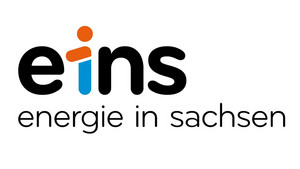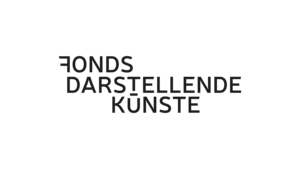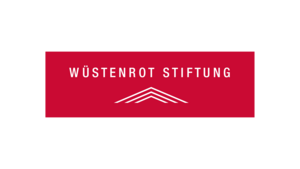Schwarzenberg/Erzg. is a large district town in the Ore Mountains with 15,700 inhabitants. It was initially built in the 12th century as a fortification to protect a trade route. The historic town centre with its market, castle and St. George's Church, built at the end of the 17th century and the centre of the "Pearl of the Ore Mountains", are reminders of this today. The PERLA CASTRUM museum - a castle full of history and the exhibitions in the Bahnhof N°4 depot and the Erlahammer manor house offer interesting insights into the eventful history of the mining town, which will be celebrating its 875th anniversary in 2025. Schwarzenberg occupied a special position in world politics after the end of the Second World War - the town initially remained unoccupied by Allied troops. The writer, who was born in Chemnitz, created a literary monument to the "free republic" with his novel "Schwarzenberg". Until the end of the GDR, Schwarzenberg was home to the largest washing machine production facility in Eastern Europe; today, the town is home to numerous medium-sized companies.
Traditional markets and festivals in the historic centre are visitor magnets, while events and top-class concerts attract visitors to the Waldbühne Schwarzenberg. The town is connected to the E3 European long-distance hiking trail, the Eisenach-Budapest international mountain hiking trail and the "W@nderbarer Silberberg" circular hiking trail to Aue-Bad Schlema or Schneeberg. The almost 12-kilometre-long Schwarzenberg Panorama Trail also invites you to explore the town and nature. In addition, guided tours through the largest tin chambers in Europe provide an impressive insight into the underground world, and railway enthusiasts will also get their money's worth in Schwarzenberg.
Bettina Pousttchi: 42 days
Art and sculpture trail PURPLE PATH
The sculpture 42 days by German-Iranian sculptor Bettina Pousttchi comprises 42 objects made of powder-coated steel that are reminiscent of bent street bollards. They resemble people resisting the pressures and challenges of a fast-paced industrialised society. The work refers to the "Free Republic" of Schwarzenberg, which was unoccupied for 42 days after the Second World War. Bettina Pousttchi was born in Mainz in 1971. She now lives and works in Berlin.














































